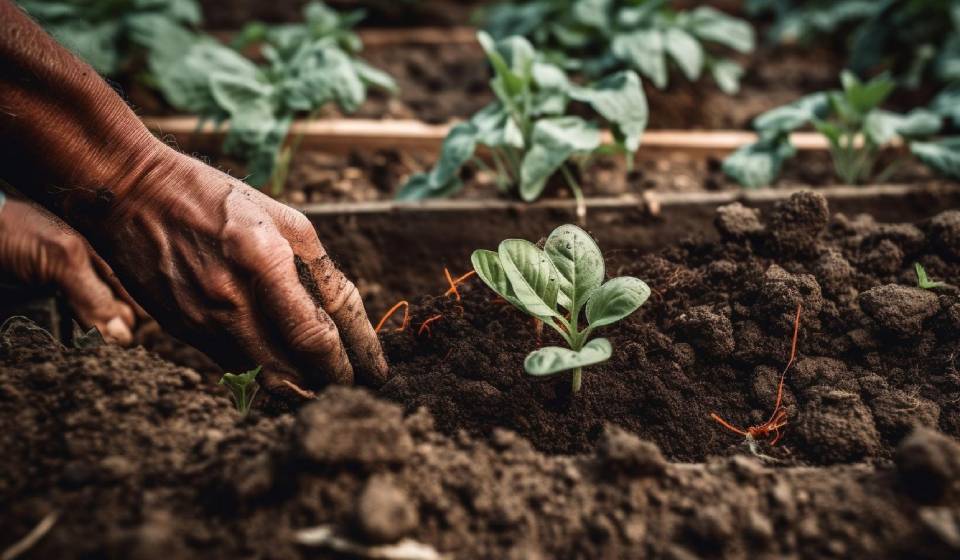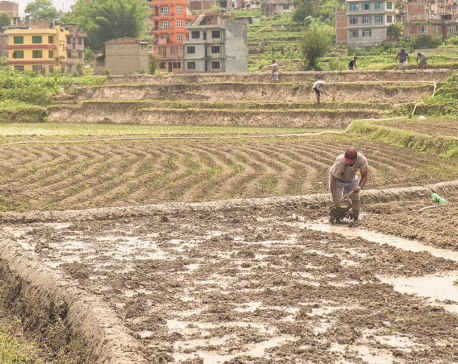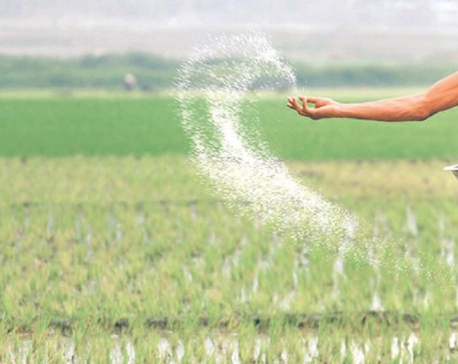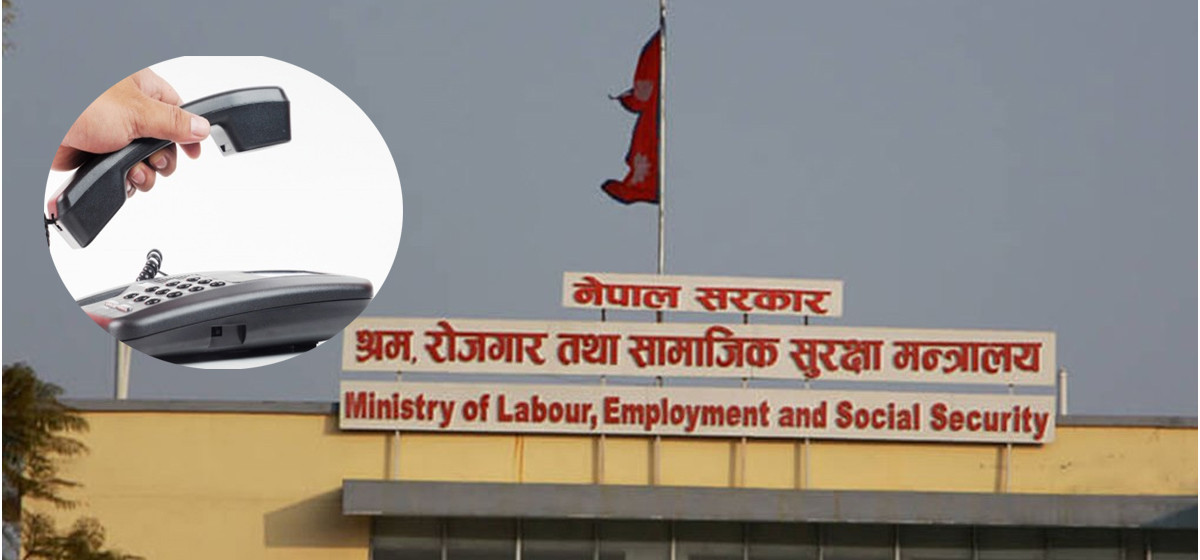
OR
Editorial
Transforming Nepal’s Agriculture Sector
Published On: September 9, 2023 07:45 AM NPT By: Republica | @RepublicaNepal

The Seventh National Agricultural Census data released recently by the National Statistics Office (NSO) paints a grim picture of the state of our agriculture, raising ominous signs for an agrarian country like ours. Over the past decade, Nepal's cultivable land area has dwindled by a staggering 300,000 hectares, plummeting from 2.5 million to 2.2 million hectares. These statistics should set off alarm bells within government agencies concerned with our agricultural sector, as they reveal a troubling trend that demands immediate attention. The most concerning revelation of the census conducted by the NSO between April 19, 2022, and June 2, 2022 is the decline in dependency on agriculture from 71 percent to 62 percent. While economic diversification is a positive trend, such a substantial drop in agricultural dependency within a decade raises questions about the sector's sustainability and the well-being of those involved.
The latest agricultural census of 2021 also highlights that 82 percent of agriculture-dependent families own land for farming and livestock rearing, while 17 percent lease additional agricultural land for cultivation. This shift in land ownership patterns can be viewed as both positive and negative, indicating a certain level of land consolidation but also a potential vulnerability for those relying on leased land. One encouraging note in the data is the increase in the number of farming families engaged in livestock farming, which has risen from 3.3 million to 3.4 million over the past decade. Additionally, 10,375 farming families have ventured into nursery farming, utilizing 597.7 hectares of land. These diversifications could be crucial for sustaining rural livelihoods and ensuring food security. In terms of gender representation in farming, the census shows a noteworthy shift. In 2011, 81 percent of main farmers were men, with women accounting for just 19 percent. However, in the 2021 census, men's representation has decreased to 67.6 percent, while women's representation has increased to 32.4 percent. This shift towards more equitable gender participation in agriculture is a positive development, but it should be accompanied by policies and support systems that empower women farmers and ensure their fair access to resources.
Despite these nuanced findings, the most concerning aspect of the census is the decline in the percentage of farmer households considering agriculture as their primary source of income, dropping from 83.1 percent in the previous census to 70.4 percent in 2021. This trend indicates that agriculture is no longer as financially rewarding as it used to be, pushing more families towards alternative sources of income. Additionally, it is alarming that over half of Nepal's farmers (55 percent) cannot produce enough food to meet their annual demand, although there has been a slight improvement from the previous census where the figure stood at 60 percent. Furthermore, 47 percent of farmers can only manage food for 4-6 months from their farmland, while 24 percent say their produce is sufficient for less than three months for their families. This food insecurity among our farming population is a matter of grave concern and should be prioritized for immediate intervention.
The shrinking cultivable land, declining agricultural workforce, reduced income from farming, and food insecurity are all issues that require immediate attention. The government agencies responsible for agriculture must formulate and implement policies that revitalize and modernize our agricultural sector. This should include measures to enhance land productivity, improve access to credit and resources for farmers, promote sustainable farming practices, and empower women in agriculture. We must continue to invest in irrigation infrastructure to ensure consistent and reliable access to water for our farmers. Furthermore, investment in rural infrastructure, particularly in irrigation facilities, should be a priority to ensure that our farmers have access to the resources they need for successful and sustainable agriculture. Agriculture has been the backbone of our economy and a source of livelihood for millions of people. It is imperative that we take concerted action to address the challenges highlighted by the census. The time to act is now, for the well-being of our agricultural community and the future of our country.
You May Like This

What is lacking in Nepal’s land reform initiative?
Although land reform has been a priority area of the government, land use planning has always remained under the shadow... Read More...

What’s the cause behind fertilizer shortage? What can be done?
Nepal needs to explore both short-term and long-term solutions to mitigate fertilizer shortage that has hindered the country’s agriculture productions... Read More...

Agriculture sector being ruined for the last 40 years, new system will ensure farmers' security: Minister Bhusal
KATHMANDU, June 27: Minister for Agriculture and Livestock Development, Ghanashayam Bhsual has said that the agriculture sector is being ruined... Read More...

Just In
- Home ministry introduces online pass system to enter Singha Durbar
- MoLESS launches ‘Shramadhan Call Center’ to promptly address labor and employment issues
- Biratnagar High Court orders Krishna Das Giri to appear before court within one month in disciple rape case
- Ilam by-election update: UML candidate Suhang maintains lead
- Korean embassy and NTB jointly commemorate 50th anniversary of Korea-Nepal diplomatic relations
- SC administration files contempt of court case against SidhaKura
- Second day of Nepal Investment Summit to feature diverse discussions
- Ilam-2 by-election: UML’s Nembang leads by 4,523 votes















Leave A Comment